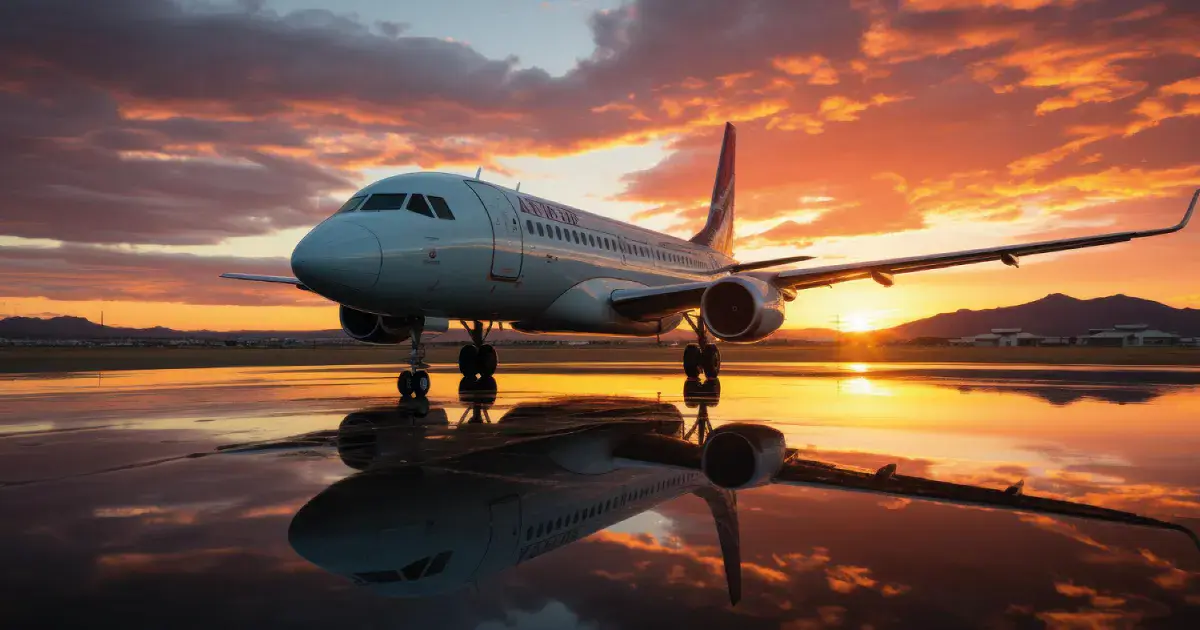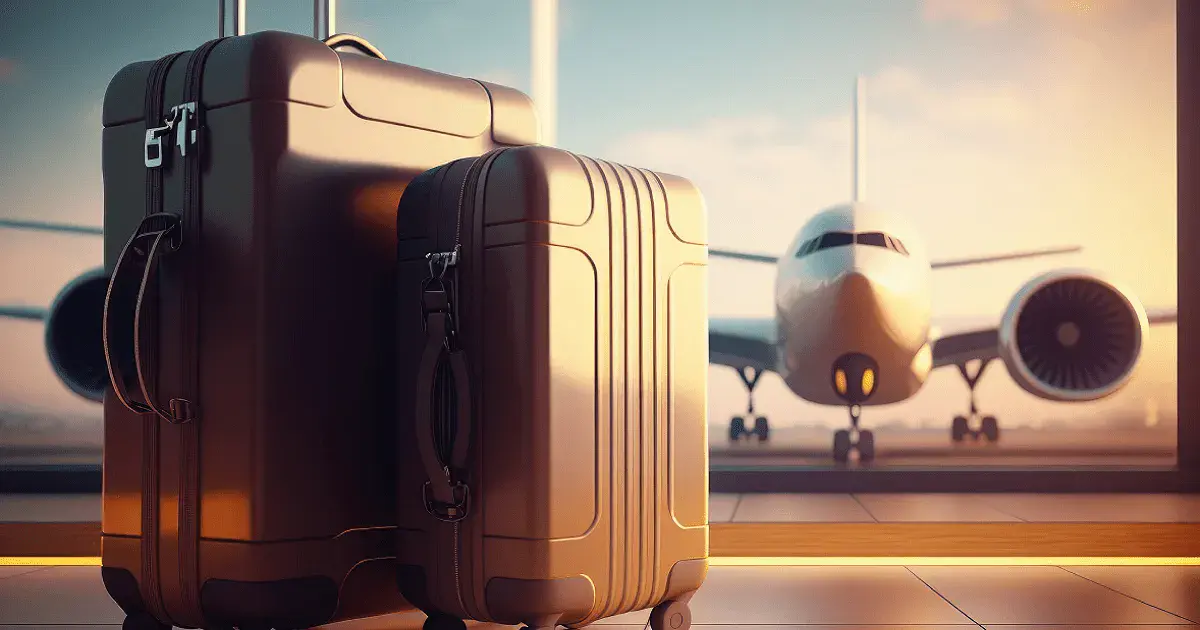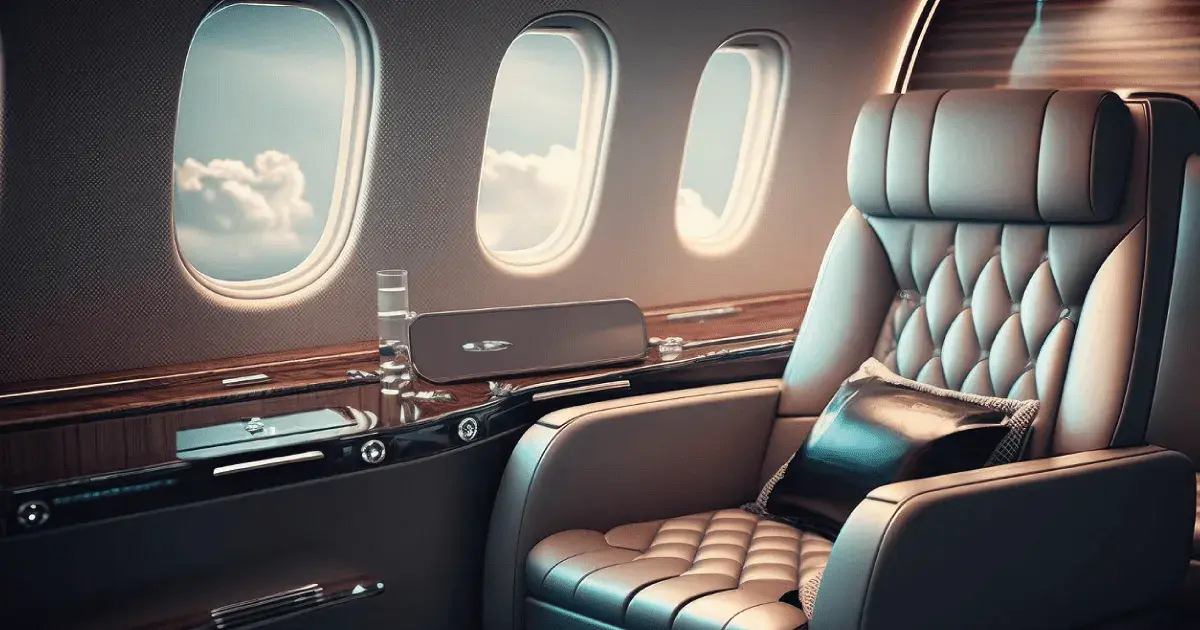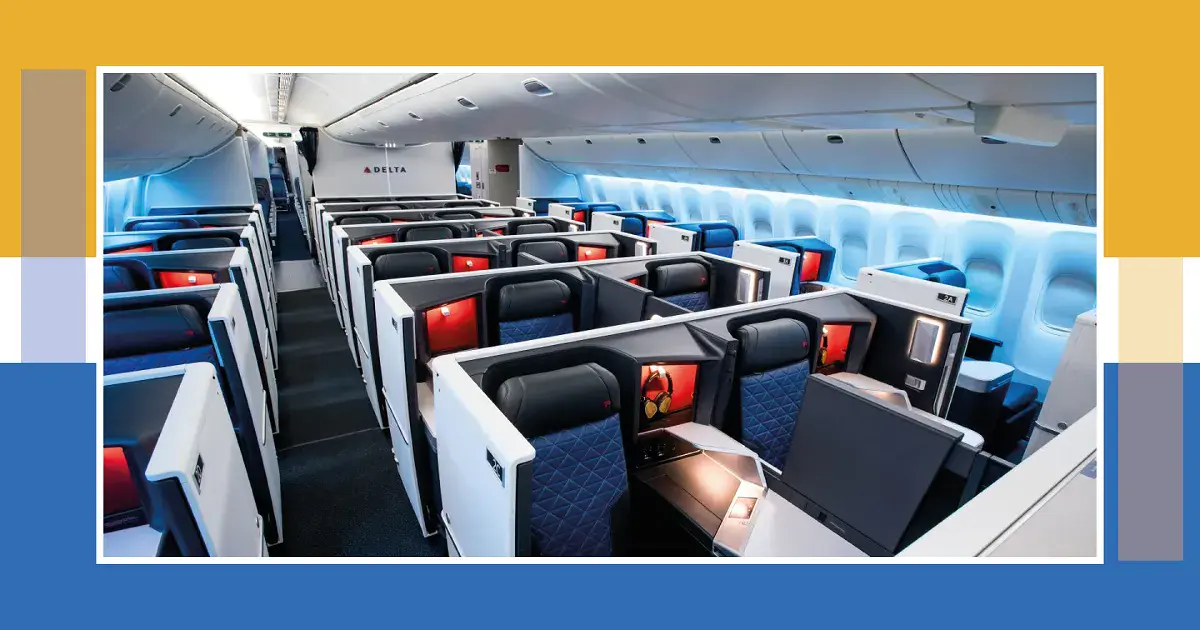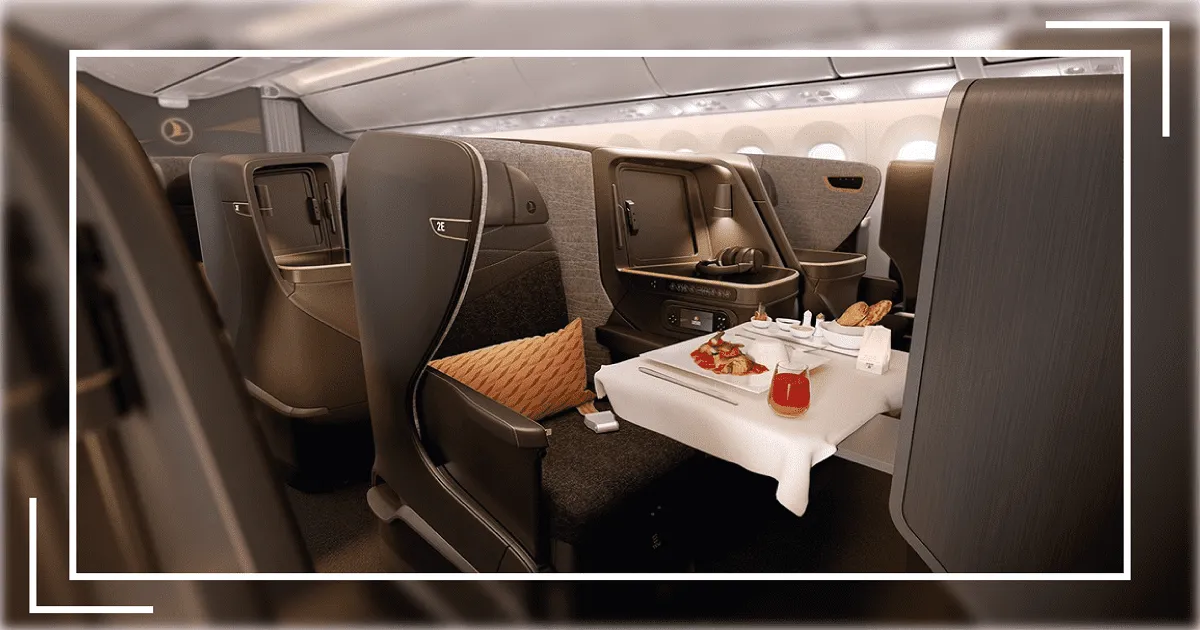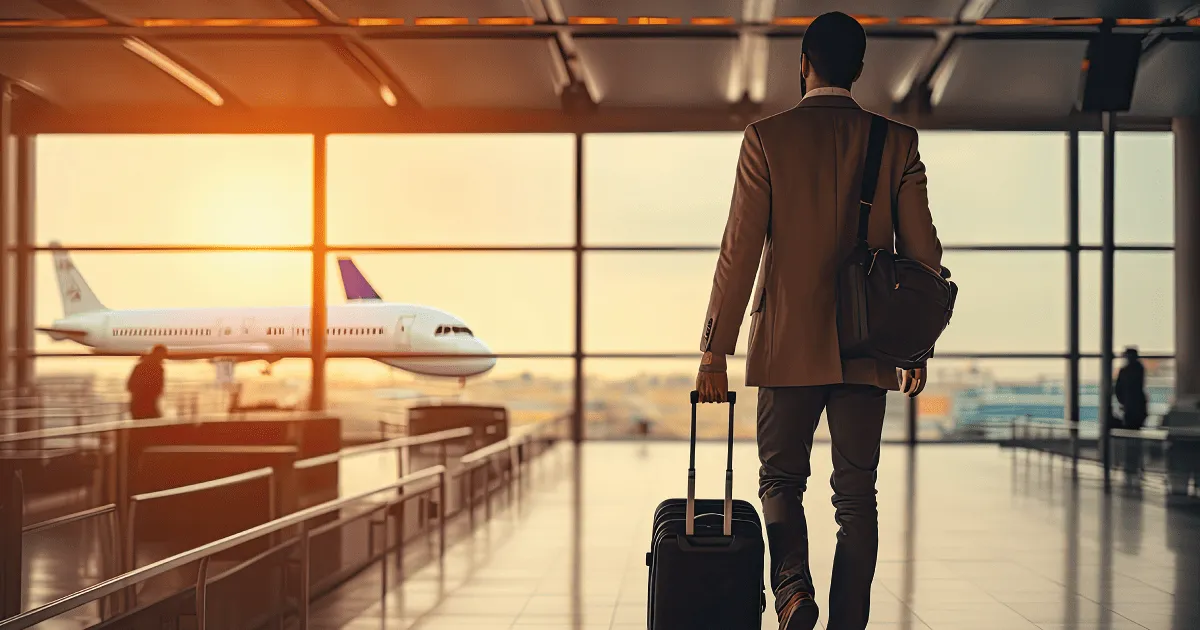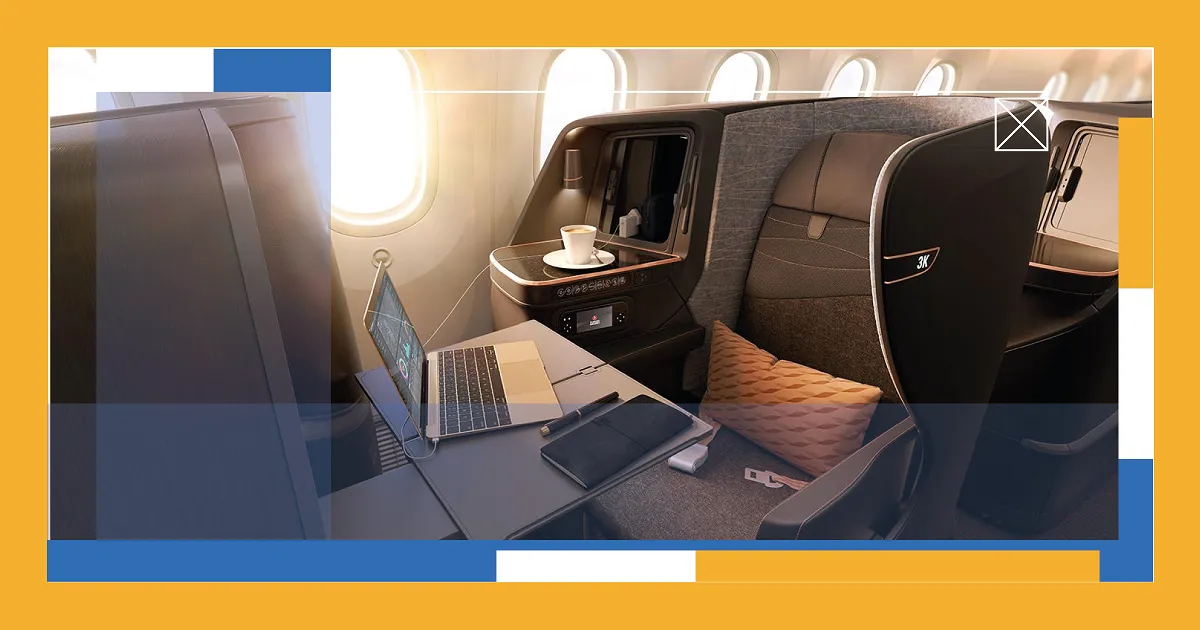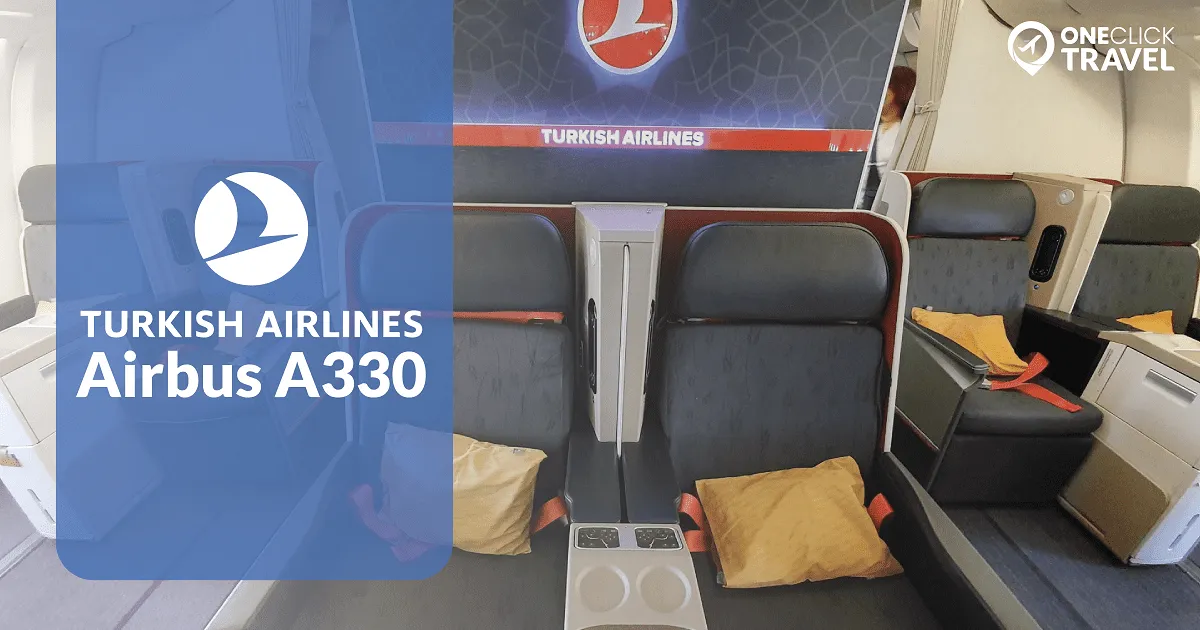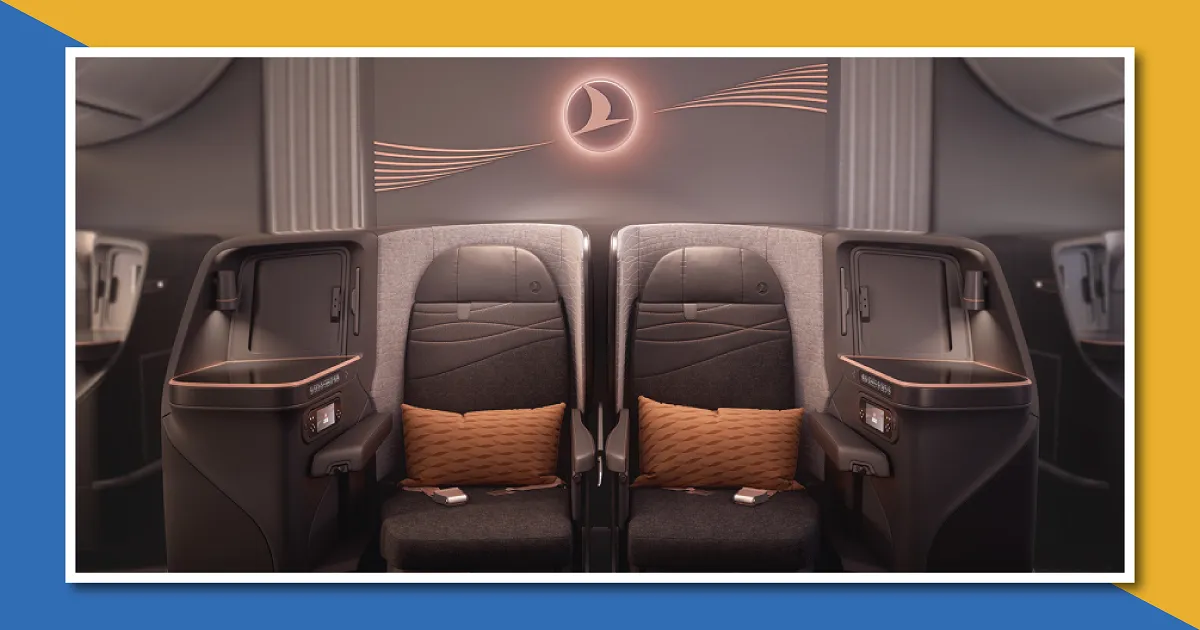Welcome, esteemed explorers, to the distinguished corner of One-Click Travel, where the art of luxury journeys unfolds with each entry. This is where the savvy and the sophisticated convene to gain insider knowledge on traversing the globe in the lap of luxury. Today, we’re demystifying a coveted experience at 30,000 feet—first and business class travel.
To many, first and business class evoke images of sumptuous leather seats transforming into beds, a parade of champagne flutes, and a level of service that makes one feel like royalty among the clouds. These experiences are not just about getting from point A to B; they are the very definition of a journey worth savoring. The exclusivity, the gourmet meals, the tranquility away from crowded cabins—these are the tangible luxuries that many believe are reserved for the select few who can afford the indulgence.
However, there lies a common misconception—first and business class flights are not solely the territory of the ultra-wealthy or corporate moguls. No, dear travelers. The golden tickets to these seats of comfort do not always come with a daunting price tag attached. With the right strategies and insights, the realms of first and business class can be much more accessible than most dare to dream.
Here at One-Click Travel, we aim to peel back the velvet curtain to reveal a world of opportunity for those who aspire to elevate their travel experiences without depleting their treasury. We’re dedicated to helping you uncover the secrets to finding cheap first class flights and affordable business class tickets—because luxury travel should not just be an exclusive story you hear, but a series of memorable narratives you author yourself.
Understanding the Cost of Comfort:
How Much Does Business Class Cost-The Factors Affecting Price?
Embarking on a journey in the elevated world of business class begins with understanding the elements that craft its price. It’s a blend of science and art—varied components coming together, influencing the cost that ultimately defines the comfort you pay for.
1. Destination’s Call:
The siren call of your destination plays a significant role. A flight across the breadth of the Atlantic will invariably differ in cost from a hop between European capitals. The distance to be conquered, the demand for certain routes, and the economic stature of the cities involved—all these aspects whisper into the final figure on your ticket.
2. The Airline’s Prestige:
Each carrier weaves its own narrative of luxury. Some are lavish storytellers, offering seats that cocoon you in privacy, with gastronomy that challenges Michelin-starred establishments. Others focus on the essentials of comfort without the flourish. This variance in service and reputation of the airline is a tapestry that, thread by thread, adds up to the total cost.
3. The Chronology of Booking:
When you choose to secure your passage can be as influential as where you’re journeying. Booking well ahead of your intended departure can often secure a seat at a fraction of the cost. Yet, for some, the allure of a last-minute upgrade at a tempting price can be the siren song of the skies.
4. The Dance of Supply and Demand:
The eternal dance of supply and demand plays its part too. High seasons see higher prices, with holidays and summer months commanding premiums. Conversely, in the lull of low seasons, the scales may tip in favor of the traveler seeking value.
How Much is a Business Class Ticket?
Now, let us address the numbers that tick behind the curtains of business class cabins. Prices for business class seats fluctuate in a spectrum as wide as the skies they traverse. Depending on the factors mentioned, you could be looking at:
Short-haul Flights: These could range from $500 to $2,000, depending on how prematurely the ticket is purchased and the luxuries it promises.
Transcontinental Journeys: For flights stretching from coast to coast, say, New York to Los Angeles, the seats could demand anything from $1,000 to $3,500.
Intercontinental Excursions: For longer hauls, like London to New York or Dubai to Tokyo, the prices ascend and can vary between $2,500 and $10,000.
Let’s ground these numbers with concrete examples:
A business class seat from the romance of Paris to the bustling heart of New York might start at $2,800 if booked in advance. But as the calendar pages turn closer to departure, that figure could easily climb.
Flying across the Pacific, say from the technological hive of San Francisco to the neon pulse of Tokyo, can hover around $4,500, with the potential to either rise or fall in the unpredictable winds of demand.
These figures are not set in stone but rather in the clouds—constantly shifting with the winds of economic change, seasonal popularity, and airline promotion. It’s a complex matrix, but not an indecipherable one. With the compass of knowledge and the right navigation tools, the savvy traveler can find value amidst the vast skies of luxury travel.
How to Book First Class Flights Without the Hefty Tag?
When the quest for luxury travel begins, know that the keys to unlocking a first-class experience at a far-from-first-class price are timing and technique. It’s about aligning the stars of your travel dates with the constellations of airline pricing strategies. Here’s how to do it:
1. The Early Bird’s Advantage:
In the realm of air travel, the early bird does more than catch the worm; it catches the most luxurious seat for a fraction of the cost. Airlines often release their seats at their lowest prices about 6 to 12 months in advance. Booking early not only ensures a wider selection of available seats but also taps into introductory fares that are often significantly lower than those offered closer to the date.
2. Flexibility Is Your Co-Pilot:
If time is a canvas, be the artist who paints with a broad brush. Having flexibility in your travel dates opens up a vista of price variations. Being open to flying mid-week rather than on busy weekends, or considering the fringes of peak seasons, can lead to surprising savings. Airlines adjust their fares based on the algorithmic ebbs and flows of demand; your willingness to adjust can match you with the lowest fares.
3. A Farewell to Rigid Itineraries:
Sometimes, the indirect route can be the most rewarding. By considering flights that include a stopover, you may find that airlines reduce the price significantly compared to their non-stop counterparts. Not only can this save you money, but it may also offer a chance to briefly explore another destination along the way.
4. Alternate Airports, Alternate Savings:
Major hubs command major traffic, and with that, often come major prices. By extending your gaze to include alternate airports—those within a reasonable distance from your intended destination—you may uncover substantially cheaper fares. For instance, flying into a smaller airport near a major city can sometimes reduce the price by hundreds, if not thousands of dollars.
5. The Last-Minute Leap:
Contrary to conventional wisdom, last-minute bookings can sometimes result in astonishing deals, especially if airlines find themselves with unsold premium seats as the departure looms. This requires a gamble with the uncertainty of availability, but for the flexible, spontaneous traveler, it can pay dividends in savings.
6. Harnessing Technology:
In an age where information is power, various apps and websites have emerged as treasure troves for tracking first-class fare drops and alerting you to flash sales or error fares. Employing these tools by setting up alerts for your desired routes can lead to impressive discounts that are often fleeting and not widely advertised.
Leveraging Loyalty: How to Buy Cheap Business Class Tickets
The secret arsenal of the astute traveler lies not just in the wiles of witty booking but also in the strategic use of loyalty programs. When wielded with savvy, these programs are your ticket to soaring through the skies in business-class comfort at a fraction of the cost.
Embrace the Ecosystem of Airline Loyalty:
Every mile flown, every service booked through an airline’s partners, and every promotion engaged can translate into points within an airline’s loyalty program. These points are more than mere numbers; they are potential upgrades waiting to be claimed. Regular patronage of a single airline or one of its alliance members can rapidly accumulate points that open the doors to the front of the plane.
Understanding the Points-to-Comfort Conversion:
The conversion from points to seats is an art within itself. Most airlines offer a chart that delineates how many points are required for an upgrade from economy to business class. This can vary greatly depending on distance, destination, and the airline itself. For example, a transatlantic upgrade might cost anywhere from 25,000 to 50,000 points one-way, which can be equivalent to a roundtrip economy ticket on the same route.
Credit Card Partnerships:
Numerous credit cards are in partnership with airlines or offer travel rewards that can be transferred to frequent flyer programs. These cards often come with sign-up bonuses sufficient for an upgrade or even a business class ticket outright. By directing your everyday spending to such a credit card, you’re essentially earning miles for every dollar spent.
The Calculated Cash Versus Points Dilemma:
Sometimes airlines offer cash upgrades at check-in at a fraction of the cost it would normally take to buy a business class ticket outright. However, before you open your wallet, compare this cost with the points required for the same upgrade. In some cases, the cash payment may be the better deal, especially if it preserves a substantial number of points for future use. In other scenarios, especially during peak seasons or on popular routes where cash prices soar, your points can shield you from the financial sting while still delivering the luxury you seek.
Knowing When to Upgrade:
Timing is as crucial with upgrades as it is with initial bookings. Requesting an upgrade too early may lead to higher points or cash requirements while waiting until the last minute can be a gamble on availability. The sweet spot often lies somewhere in between—close enough to departure when airlines are assessing their business class occupancy, yet far enough to avoid the desperation of the eleventh hour.
Seasonal and Promotional Opportunities:
Keep a vigilant eye on seasonal promotions or special events when airlines may offer discounted upgrades or reduced points requirements. These golden times can significantly diminish the cost of moving up to business class.
Leveraging loyalty programs for upgrades is a sophisticated dance between accumulation and redemption, a dance that, with practice and patience, can place you at the front of the aircraft in a seat that encapsulates both comfort and value. By immersing yourself in the nuances of these programs, the gulf between economy and business class can be crossed not with a leap of financial abandon but with a calculated step of loyalty leverage.

Alternative Booking Avenues:
How to Find Cheap Business Class Flights through Unconventional Methods
The traditional path of booking flights straight through airline websites or through travel agents is well-trodden, but there are lesser-known routes that can lead to the opulent gates of business class for much less. Let’s navigate these alternative booking avenues.
Error Fares – The Lucky Anomaly:
Every so often, the matrix of airfare pricing falters, resulting in error fares. These are significantly discounted tickets, often including business class seats, arising from technical glitches, human error, or currency conversion mishaps. To capitalize on these rarities, you must act swiftly, as they are corrected as quickly as they appear. There are dedicated websites and forums that alert the eagle-eyed traveler to these opportunities, turning an error in your favor.
Last-Minute Upgrades – Gamble at the Gate:
If flexibility is part of your travel mantra, approaching the gate on the day of departure to inquire about paid upgrades can yield unexpectedly affordable luxuries. Airlines would rather fill business class seats at a lower rate than let them fly empty. Be polite, be early, and be ready to negotiate or accept the offer that could substantially elevate your flying experience.
Auctioned Upgrades – Bidding for Bliss:
Some airlines have embraced the bidding system, allowing passengers to place a bid on available business or first-class seats. Your offer, which can often be a fraction of the full upgrade price, might just win you a premium seat. Stay informed on the typical winning bid amounts to place a savvy bid.
Flight Hacking – The Art of Deal Discovery:
Flight hacking is about knowing where, when, and how to search for the best deals. It involves booking open-jaw tickets, utilizing stopovers, flying from alternate airports, or even booking each leg of a trip separately to find the best possible prices. To master this, you can utilize tools like fare comparison engines, flight deal websites, and ITA Matrix software.
Reputable Flight Deal Newsletters and Services:
In the age of information, there are experts who have made it their business to find and share deals. Subscribing to reputable flight deal newsletters and services can lead you to business class flight deals that you might never find on your own. These services have the technology and the network to scout for fare errors, flash sales, and promotions, bringing them directly to your inbox.
Travel Hacking Communities – Collective Intelligence:
Online communities, forums, and blogs dedicated to travel hacking are treasure troves of current information and tips. Here, travelers share their successes, strategies, and alerts on deals, creating a collective intelligence pool that can help you find cheap business class flights.
In utilizing these alternative booking avenues, you not only save money but also become part of a community of travelers who enjoy the thrill of finding the best for less. It’s here, in the convergence of patience, persistence, and knowledge, that you can frequently secure business class tickets at prices that defy the luxury they procure.

Comparing Costs Across Airlines
How Much is Business Class? A Comparison Across Carriers
The quest for luxury at altitude is not just about finding the best price; it’s about discerning the value proposition behind each shiny business class offering. With a myriad of airlines promising the earth and the stars, understanding what constitutes a good deal requires a blend of cost comparison and quality assessment.
Evaluating Business Class Amenities:
Start by comparing what’s included in the business class experience of various carriers. Some may offer fully lie-flat beds, while others might have recliner seats. The difference in comfort is significant, especially on long-haul flights. Factor in lounge access, priority boarding, fine dining onboard, and personal service level. Airlines are not created equal; neither are their business class products.
Understanding the Hardware:
The aircraft itself can be a major determinant of the business class experience. For instance, the business class cabin in a wide-body aircraft like the A380 or the Boeing 777 is generally more spacious and well-appointed than that in a narrow-body aircraft. The age of the plane also matters; newer aircraft tend to have the latest features in seat comfort and technology.
The Soft Product:
This refers to the service quality, including the food, beverages, amenity kits, and in-flight entertainment. Some airlines are celebrated for their culinary offerings and wine selection, others for their extensive movie libraries or Wi-Fi capabilities. Your personal preferences here will dictate whether a deal is valuable to you.
Comparing Prices and Perks:
Once you’ve considered the tangible and intangible elements of business class, it’s time to look at the prices. Use comparative websites that allow you to see business class fares across different airlines for the same route and date. Pay attention to the fine print, such as change fees, cancellation policies, and what’s included in the fare.
Understanding Airline Alliances and Partnerships:
It’s also worth considering the benefits that come with airline alliances. For instance, flying business class with one carrier might earn you enough miles or points to redeem for a future upgrade or ticket with a partner airline. This can amplify the value of the initial cost.
Mileage and Status Benefits:
Consider the potential long-term benefits of choosing one airline over another. Will the fare you pay go towards elite status qualification, which can offer exponential returns in the form of upgrades, lounge access, and other perks down the line? The initial cost of a business class ticket could potentially be offset by the benefits accrued through frequent flyer status.
Review and Testimonials:
Lastly, don’t underestimate the power of other travelers’ experiences. Look for reviews of business class cabins across different airlines. Travel blogs, vlogs, and airline rating agencies offer in-depth insights into what it’s really like to fly in a particular airline’s business class.
The Ultimate Checklist for Affordable Luxury Travel
“How Much Does Business Class Cost Internationally? A Checklist to Cut Costs”
For the astute traveler looking to indulge in the comfort of first and business class without emptying their bank account, the following checklist is your treasure map to affordable luxury:
Before You Book:
- 1. Research and Compare: Look across multiple airlines and booking platforms for price discrepancies.
- 2. Points and Miles: Have a strategy for earning and using credit card points and airline miles.
- 3. Airline Newsletters and Alerts: Sign up to receive fare alerts and special offer notifications.
- 4. Travel Flexibility: Be ready to adjust your dates or take longer routes for cheaper fares.
- 5. Off-Peak and Shoulder Seasons:Travel during less popular times for lower prices.
- 6. Fare Calendars: Utilize airlines’ fare calendars to find the best rates across a range of dates.
- 7. Booking Your Flight:
- 8. Best Days to Book: Typically, Tuesdays and Wednesdays can offer better fares.
- 9. Error Fare Subscriptions: Stay subscribed to services that notify you of pricing errors.
- 10. Social Media Flight Deal Accounts: Follow accounts that share deals on platforms like Twitter and Instagram.
- 11. Transferable Points: Utilize credit cards that allow you to transfer points to various airlines.
- 12. Incognito Mode: Search for flights in private browsing to avoid dynamic pricing based on your search history.
After Booking:
- 1. Monitor Prices: If your fare drops, some airlines will refund the difference.
- 2. Upgrade Offers: Look out for emails or app notifications offering cheap last-minute upgrades.
- 3. Bid on Upgrades: If the airline provides the option, place a sensible bid for an upgrade.
- 4. Loyalty Programs: Sign up for airline loyalty programs to earn status, which can lead to upgrades.
- 5. Double-Check Amenities: Ensure that the business class you book offers the amenities you desire.
Wrapping up, it’s clear that scoring affordable luxury flights is less about luck and more about strategy. By being informed, flexible, and diligent, the once elusive business class experience can become a reality. Remember, the world of luxury air travel is not reserved for the few with deep pockets; with the right approach, it’s accessible to anyone willing to do their homework.
Don’t let the journey to affordable luxury travel be a solo one. Subscribe to One-Click Travel for continuous insights, tips, and up-to-the-minute deals that open the doors to the world’s most opulent experiences. Share your success stories or tips in the comments to foster a community where everyone can soar in style. Together, let’s demystify luxury travel—one click, one deal, one incredible journey at a time.
